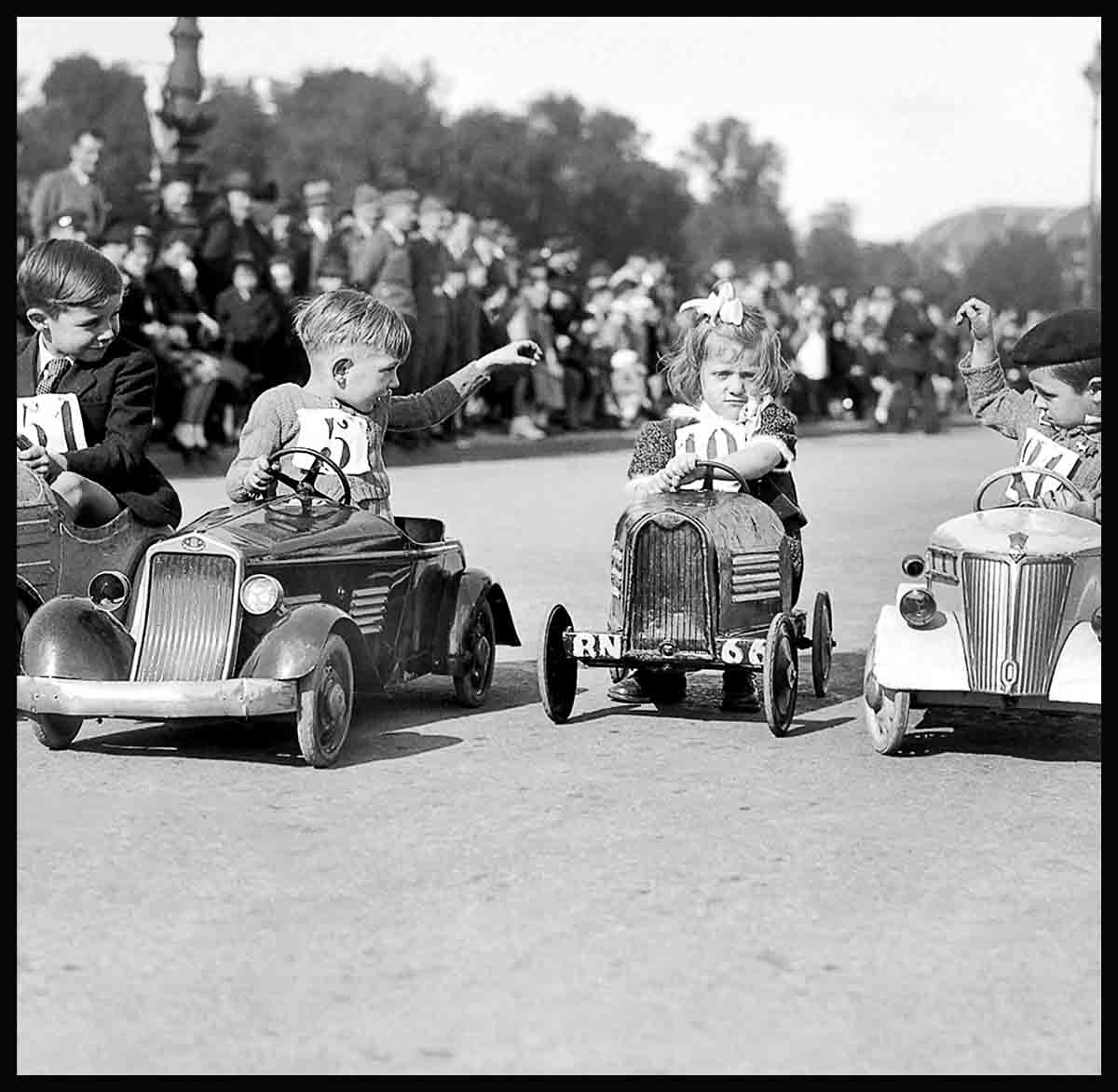
Motoring In Miniature
Motor sport was too frivolous a hobby in occupied France, but at least these adults could enjoy the spectacle of children racing in pedal cars. Like toy cars, pedal cars had been around since the early days of motoring. They reached their height of popularity in the interwar years. Some were generic in design, but many closely mirrored real road cars of the time.
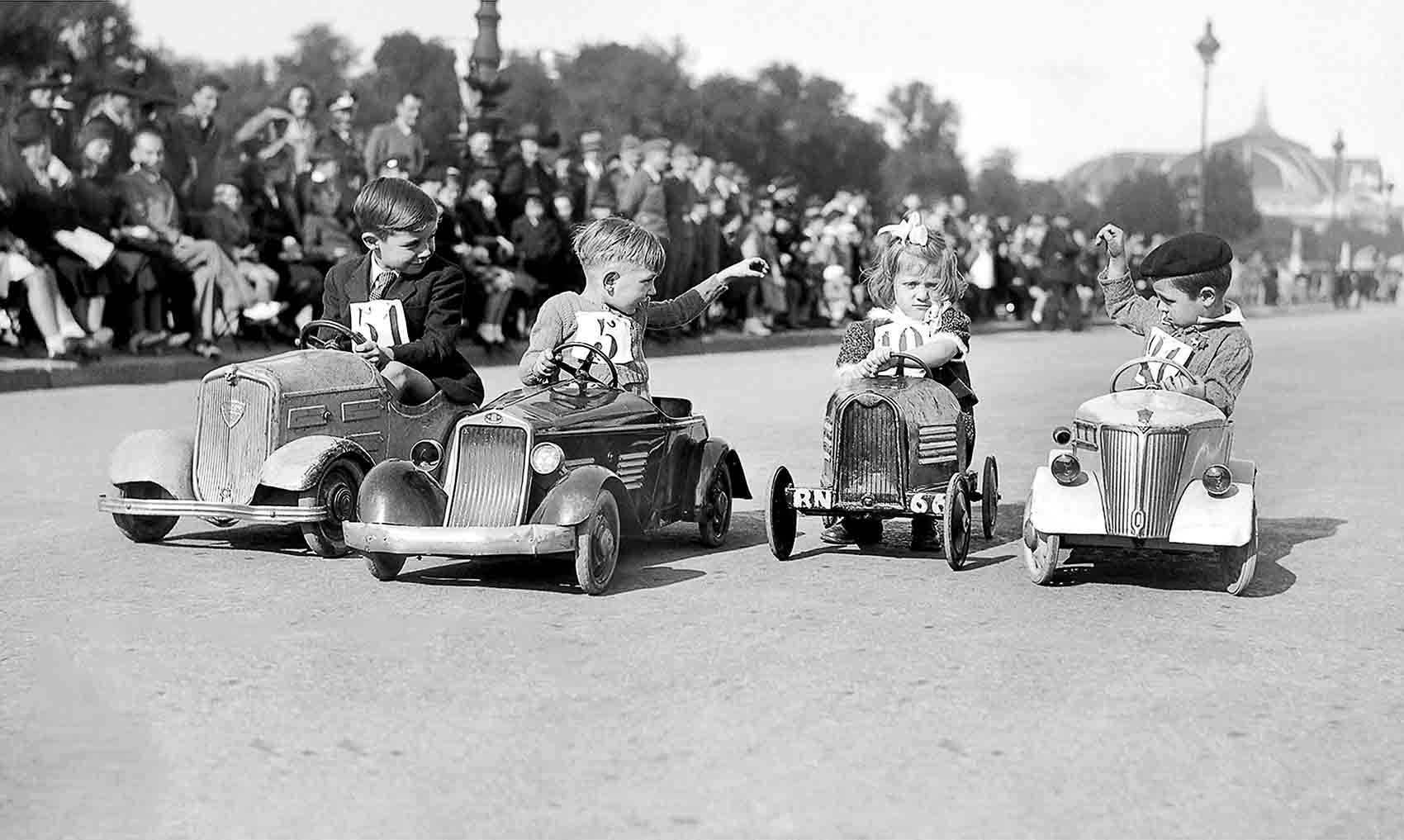
TOYS TO PROMOTE SALES
Car-makers soon realized they could exploit children’s enthusiasm for cars to boost sales. In the USA during the 1930s Graham-Paige used diecast Tootsietoy models to promote the life-size cars in its showrooms. Even before that, Citroen had commissioned a range of tinplate models of its cars to sell to the offspring of customers. Bugatti went a step further and built an electric-powered child’s car, the Bebe, that was a half-scale version of its Type-35 racer. In 1949 Britain’s Austin Motor Company launched a pedal-powered junior machine called the J40. Based on the design of its real-life A40, it was intended to generate interest in everything Austin sold. But there was also altruistic thinking behind the venture: it was made by disabled ex-miners, at a special factory in South Wales, on a not-for-profit basis.
A pedal car Grand Prix on the Esplanade Des Invalides, Paris, in October 1941. The cars are from the 1930s, made before wartime metal shortages.
It is a quote. The Classic Car Book – The Definitive Visual History 2016


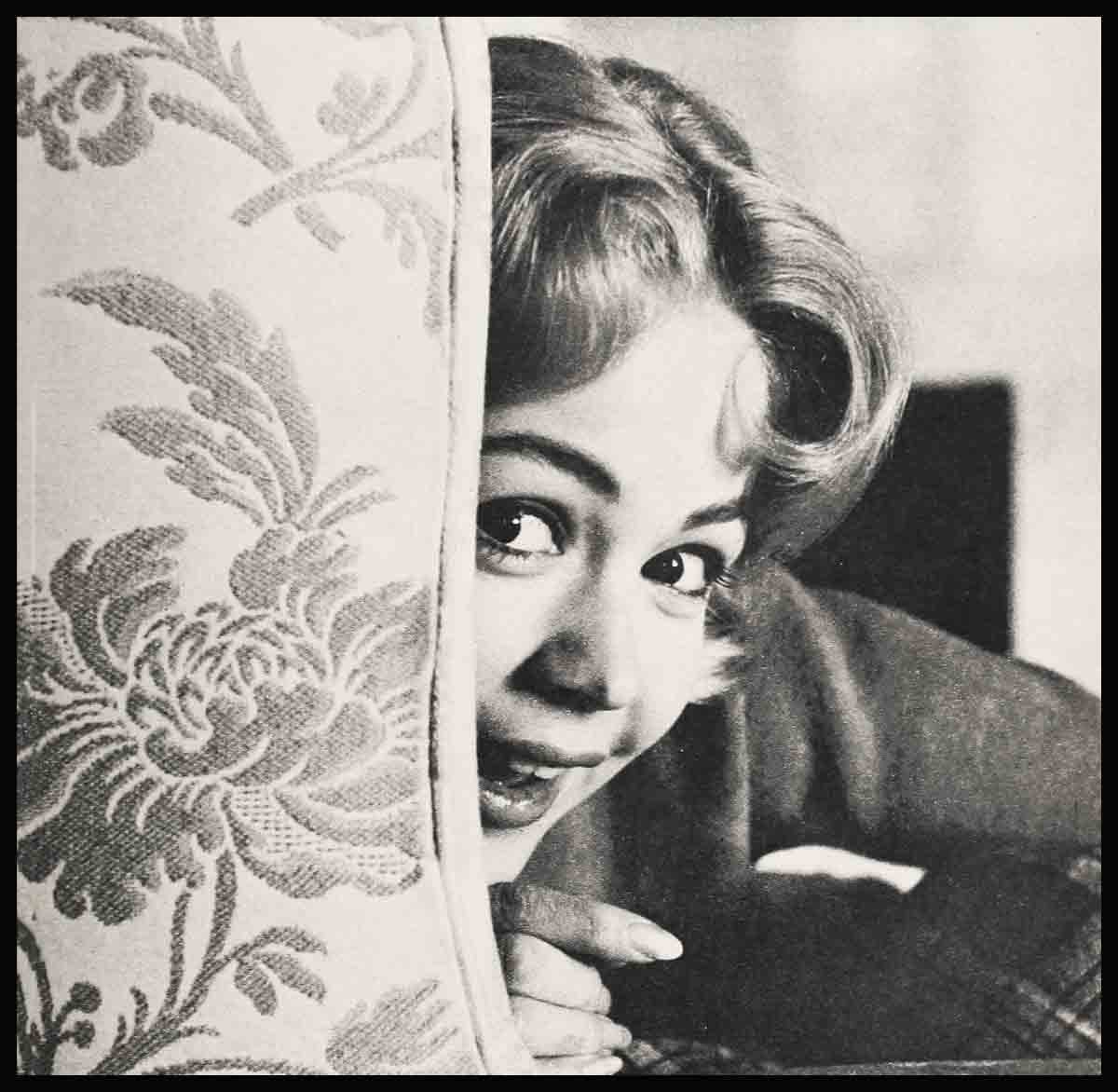
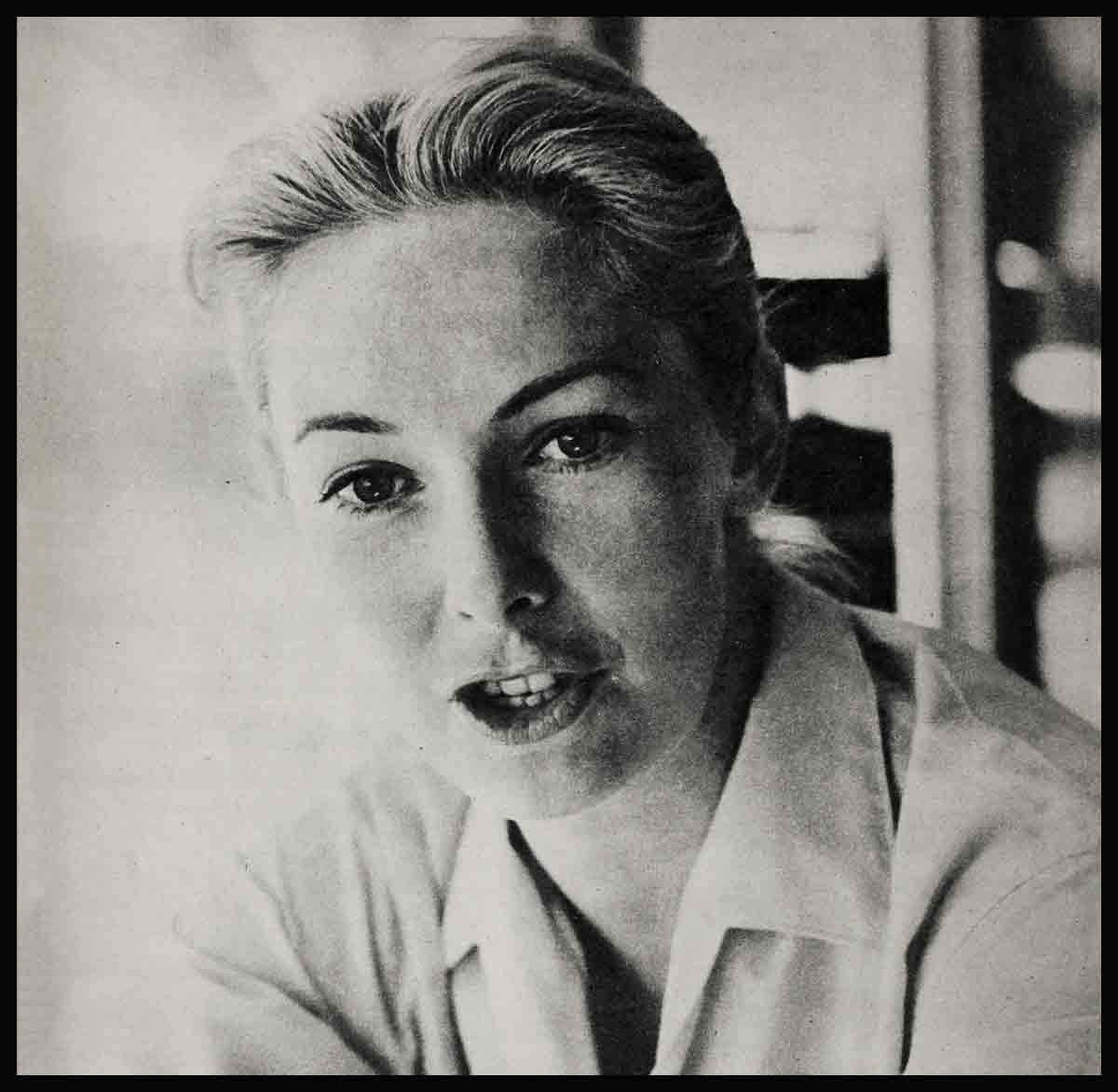
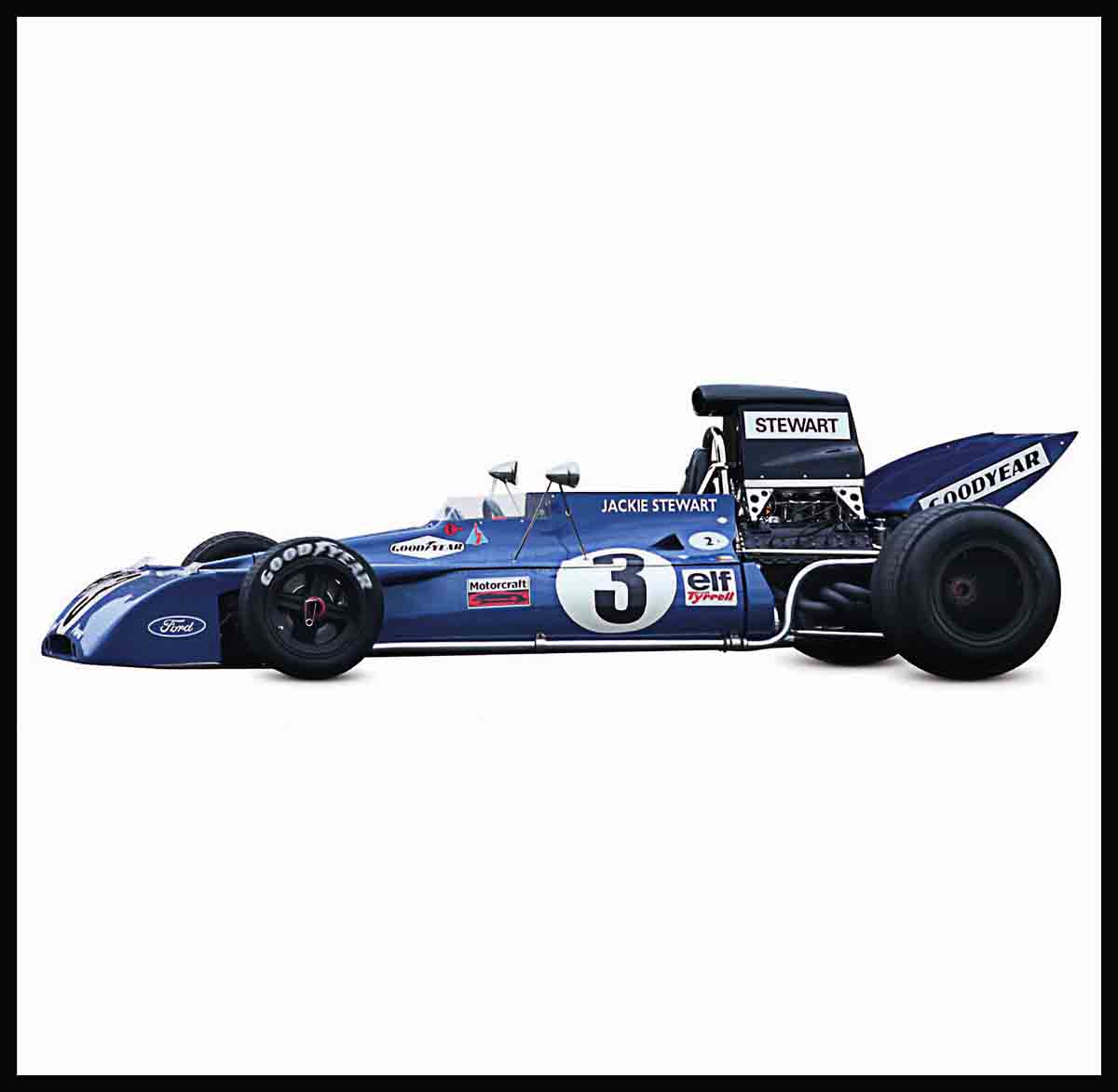
No Comments